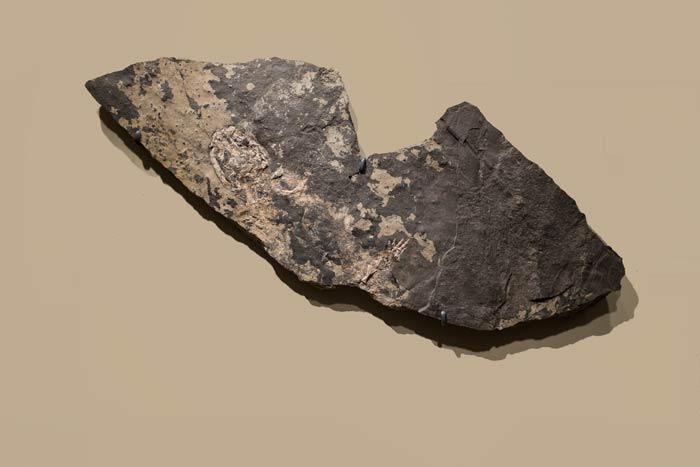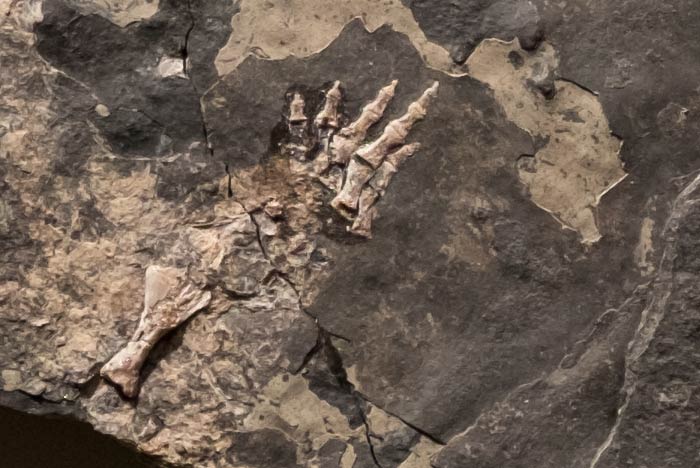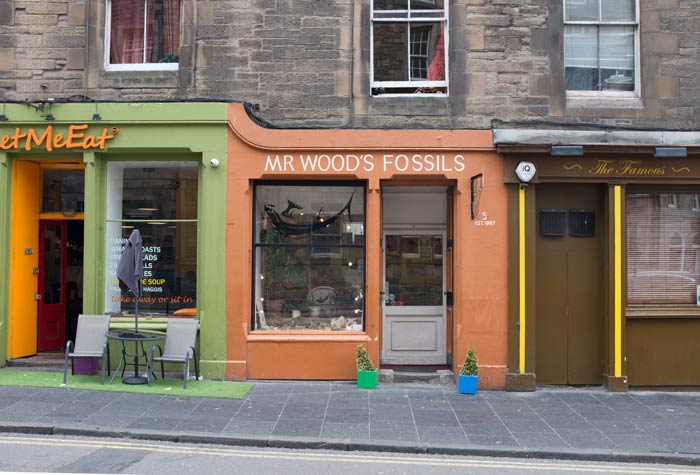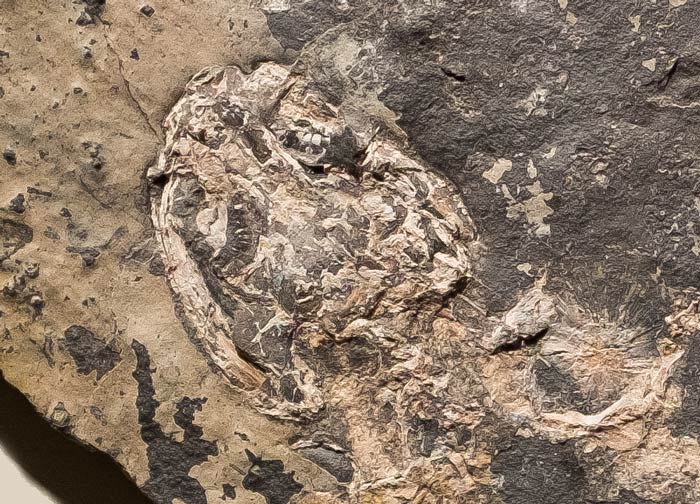
350 million years ago, Scotland was part of a much bigger land mass and lay slightly south of the equator.
When the Scottish summer feels little different from the Scottish winter, it is time to ponder Scotland’s journey over millions of years from the equator to its present position.
On its way north, Scotland brought with it the fossils of small tetrapods, ancestors of every land creature of present times, including man.
Romer’s Gap
But until the Scottish fossils were discovered, there was a gap in the record known as Romer’s Gap, named some ninety years ago after American palaeontologist Alfred Sherwood Romer.
Specifically, there was no fossil evidence of life on land in the fifteen-million-year gap that stretched from 345 to 360 million years ago in the early Carboniferous period.
There was plenty of evidence of life in the sea from 360-million years ago and earlier.
And there was evidence of life on land from 345-million years ago and later – but nothing in between.
Because this gap is the very period when animals moved from the sea to the land, it was a niggling mystery that there was no evidence of life in that fifteen-million-year period.
Enter Self-Taught Palaeontologist Stan Wood
And that’s how things were until a self-taught Edinburgh palaeontologist named Stan Wood began looking in the Borders area in Scotland. He searched for fifteen years before he found what is now recognised as the oldest land-based animal fossils in the world.
From 2008-2011, he uncovered fossil animal skeletons, along with millipedes, scorpions and plants in sites in Scotland.
You can see some of his discoveries at the Fossil Hunters: Unearthing the Mystery of Life on Land exhibition at the National Museum Of Scotland in Edinburgh.
The photo at the beginning of this article is of a fossil discovered by Stan Wood. It is Balanerpeton Woodi. It looked like a salamander and it was about a foot long. Here is a close-up photo of one of its hind feet. You can see it in the top photo as well, near the middle of the slab of rock.

And here is a close-up of its head showing the flattened salamander-like shape. You can even see the top of its spinal column and the shoulder blade girdle.
Stan’s Fossils and Edinburgh Museums
Stan donated his fossil discoveries to Edinburgh Museums and there are lots of fossils to see at the exhibition, which runs until 14th August and it is well curated. Go see it if you can. After that, the exhibition will be touring the UK.
Project Tweed
Stan Wood’s discoveries have led on to Project Tweed, involving teams from the Universities of Cambridge, Leicester and Southampton, the British Geological Survey and National Museums of Scotland.
They are working through the material at a microscopic level, investigating everything from plant spores to micro-skeletons to build up a picture of life during Romer’s Gap.
Stan Wood achieved an international reputation as a palaeontologist. He was also the owner of Mr Wood’s Fossils at Cowgatehead at the top of the Grassmarket in Edinburgh. The shop is still there – owned and run by the former manager, Matt Dale.
Matt Dale
Matt took over as manager in 1998. He had been working with fossils in museums in Glasgow following a geology degree and museum studies post-graduate course. Then with Stan’s health failing, Matt bought the business in 2006 and continued following Stan’s death in 2012.
Matt says you’ll find him in the shop most days – unless he is at trade shows in France and the USA, or out in the field looking for fossils.

